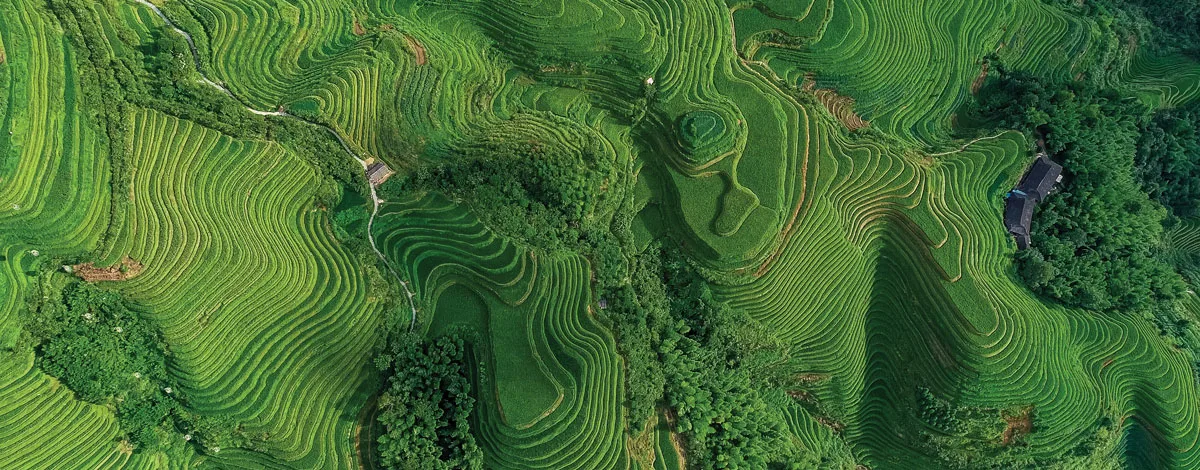
PHOTOGRAMMETRY
CAPTURING THE WORLD
ONE IMAGE AT A TIME
Written By David Marinero
What is it?
Photogrammetry is a spellbinding collision of art, science, mathematics, and imagination. But what does that mean? What exactly is Photogrammetry? Ok, you ready…
Photogrammetry uses the parallax (the apparent shift in position, objects closer to the camera shift more than object further away) between overlapping images to estimate the depth of various points of a subject. It does this by triangulating 3D coordinates in relation to one another in digital world space, thus enabling the construction of 3D models, point clouds, and texture maps. In short, it’s like turning your photo collection into a 3D-printable masterpiece. Think of it as transforming a series of flat images into tangible 3D objects.
Picture this, you’re snapping away like paparazzi at a celebrity’s surprise birthday party. But instead of capturing scandalous moments, you’re photographing a single object from every conceivable angle.
THE MAGIC
Using some fancy software, you can toss all those photos into a super smart analyzer, and voilà! Out pops a true to life 3D model, touchable reality.
You’re thinking, ‘Yeah, that’s neat, but why should I be interested?’ Well, hold onto your hat, turn up your imagination, and let me enchant you with some fascinating photogrammetry tidbits!
A SHORT STORY
Photogrammetry’s roots stretch back to the late 1400s where Leonardo da Vinci and Leon Battista Alberti played key roles in its foundational theory. Their work on perspective, parallax, and projective geometry influenced Albrecht Dürer’s (1523) “Man Drawing a Lute,” where he developed a system using a grid and a weighted string attached to a wall to get depth just right. Jumping to 1759, Johann Heinrich Lambert took these ideas and sprinkled in some math-magical theories when publishing “Perspectiva Liber.”
By 1833 in Germany, Guido Hauck was diving into the world of perspective mathematics. He explored trilinear relationships, projective geometry, vanishing points, and even ventured into the realm of non-linear perspectives. Aimé Laussedat, the “Father of Photogrammetry,” did the first architectural survey of the Paris Hôtel des Invalides in 1849. Albrecht Meydenbauer coined the term “Photogrammetry” in 1867. The advent of flight in 1903 pushed photogrammetry into aerial realms (now seen in Google and Bing Maps). Fastforward to recent times: PhotoModeler (1994) lead to Microsoft’s Photosynth which brought us point clouds in 2006. Then, Metashape (2010) and Quixel (2011) joined the party. Nowadays, photogrammetry is everywhere—from surveying, automotive, aerospace, accident reconstruction, construction, historical archiving, 3D printing, film VFX, and even video games.
How it's used
Photogrammetry is cool because it transforms ordinary photos into detailed 3D models and maps. This technology allows us to capture and analyze the world in ways that were previously impossible. Whether it’s creating accurate maps for urban planning, preserving historical sites, or monitoring crop health, photogrammetry provides a powerful, efficient, and visually engaging way to understand and interact with our environment. Plus, it’s used in so many different fields making it incredibly versatile and impactful.
My favorite aspects are the full body and object scanning booths. One such as the one used by the VFX company Goodbye Kansas, is built from 60 DLSRs cameras and over 300 LED lights arranged evenly around a geodesic dome. It will produce thousands of shots for one subject to ensure the highest quality raw data is used for their work.
Think photogrammetry is just for big companies with deep pockets? Think again! Over the past decade, it’s become a playground for everyone. Hobbyists can now whip up 3D models of their homes or gardens with just their phones. Travelers can turn their adventures into interactive 3D maps. Artists can capture real-world objects for digital art or VR. Even tasks like planning renovation or making personalized gifts get a 3D boost. It’s like having a magic wand in your phone to capture the world in three dimensions!
My personal experience with Photogrammetry, includes forensic site reconstruction. I have also used it to capture a theater stage for my wife to aid in planning, blocking and set placement when access to the building would not be available for months.
I also helped my mother-in-law visualize what changes to her yard, fence, and retaining wall might look like.
Photogrammetry is cool because it transforms ordinary photos into detailed 3D models and maps. This technology allows us to capture and analyze the world in ways that were previously impossible."
Whether you’re a history buff, a tech enthusiast, or just someone who loves a good magic trick, photogrammetry has something fun to offer. Grab your camera and let photogrammetry turn your snapshots into 3D wonders. Whether you’re mapping out your next big project or just having fun, the world is your 3D oyster! So go ahead, watch the magic unfold!
